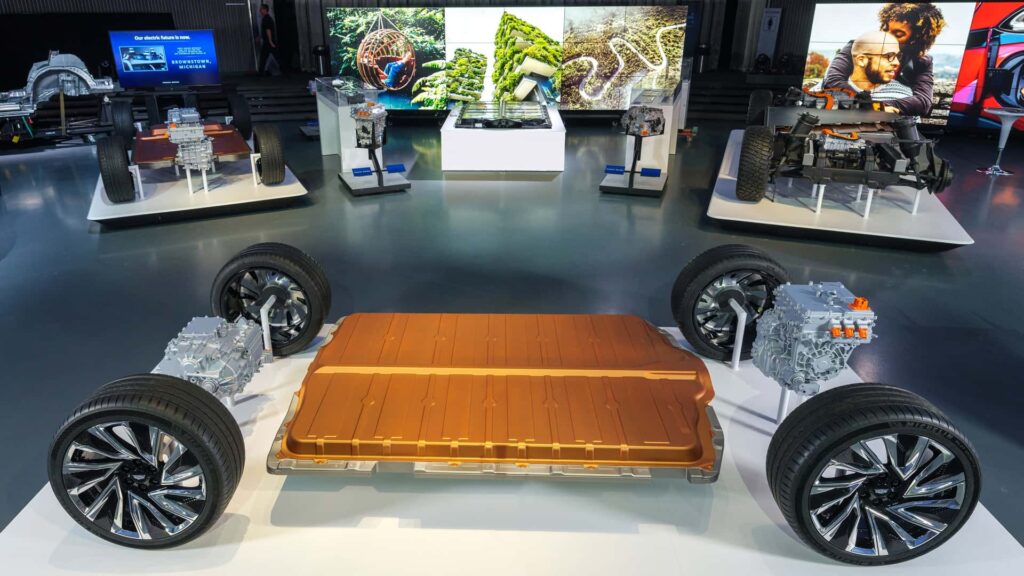
When analyzing the all-electric vehicle (EV) market, we have noticed that the segment shifted towards all-wheel-drive (AWD) powertrains. The front-wheel-drive (FWD) and rear-wheel-drive (RWD) models are in the minority.
It wasn’t always like that though. Between 2010 and 2013, there were only single-motor FWD and RWD models on the market. Things changed in the 2014 model year when Tesla introduced a dual-motor AWD version of the Model S (85D).
In the 2015 model year, Tesla expanded the dual-motor family to a few versions (about a quarter of all versions on the market, at the time), and then doubled the AWD lineup with the newly launched Model X in the 2016 model year.
We had to wait until the 2018 model year to see the AWD Tesla Model 3, and until the 2019 model year to see the first non-Tesla, dual-motor, AWD model: the Audi e-tron SUV and Jaguar I-Pace. At the time, the share of AWD accounted for about half of all EV configurations.
The AWD domination progressed, initially through premium/high-performance models. However, later, the mainstream models started to get all-wheel drive versions too.
In the 2023 model year, we saw the first tri-motor, all-wheel drive EVs—the Audi e-tron S, which was equipped with one electric motor in the front, and two separate electric motors in the rear. Meanwhile, Rivian introduced its quad-motor, all-wheel drive powertrain in R1T and R1S models (one motor per wheel).
Having a dual-motor AWD system helps with traction and performance, and has some benefits related to regenerative braking. The tri-motor or quad-motor versions can improve performance further through torque vectoring of particular wheels.
There are drawbacks as well, in the form of complexity, cost and weight. Efficiency is also slightly compromised, thus single-motor models are at the top of the energy consumption ranking. It might also be difficult to fit two independent motors in the front because it’s the steering axle.
The dual-motor system is the simplest and most cost-effective “good-enough” way to achieve all-wheel drive. We also believe that it’s “easier” or more “native” if you wish, to develop an AWD EV with two electric motors than an internal combustion engine vehicle with AWD.
AWD domination in 2024
There are more than 300 individual EV configurations on sale, including different battery sizes, ranges, powertrain setups, and wheels. According to our data, roughly three-quarters (some 250), or 75% of them are all-wheel drive.
In the case of front-wheel drive configurations, there are only about 30 of them (less than 9%). Rear-wheel drive configurations account for nearly a 17% share (56 configurations).
These numbers do not automatically mean that sales of AWD vehicles represent 75%—this is the number of configurations—but it seems that electrification transforms the car market towards AWD.
We will see whether this trend will continue, because obviously, the single-motor cars should be less expensive and many companies are now working on more affordable models. There might be a new wave of FWD/RWD models and their sales might be higher than AWD several years from now.

